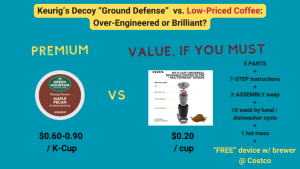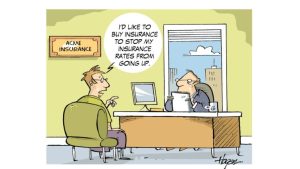An often overlooked tool for pricing segmentation is ripe for a comeback: charging return shipping fees. It is a worthy tool in the pricing strategy toolset that brands must employ in this challenging environment.
Footwear News is reporting on the increased uptake of this strategy among well-respected brands.
While in the go-go times of no freight & labor inflation and/or runaway early pandemic growth, “free returns” was widely assumed to be table stakes, that is all in the past. DTC brand stores and digital retailers alike are getting squeezed, and looking for ways to pass on costs to customers. We like the return fee, and wish more brands paralyzed by the fear to look “uncompetitive” would consider:
? The option to effortlessly return goods conveniently bought from the comfort of one’s home has value. It has more value for those who actually use it (and who may well be your higher-cost-to-serve customers). Both on a value-based pricing, and on a cost-driven rationale, charging the users of this option meets the sanity test.
? Charging a return fee is an implicit targeted price increase. It is also a higher price into which a customer will self-select (by choosing to return). This beats the hell out of raising prices on everyone in a one-size-fits-all approach.
? The customer has choices to avoid or lower the risk of incurring this fee: better information gathering / ordering fewer trial items “let me get 4 different colors and I’ll return the 3 that I like the least”. Brands should be sure to provide every assistance for consumers to make the choice right the first time around: clear product pages, images, size charts, reviews that explicitly rate “fit to size” and “ease of installation” etc, and helpful customer service lines, especially for products notoriously tricky to get right.
?The fear for many, of course, is that the customer will avoid the return risk altogether by not placing the order at all for something they don’t really need (e.g., a recession of consumerism, if we can call that a risk). While that would mean fewer sales for some businesses, so will, eventually, one-size-fits-all price increases. Would you rather risk potentially unprofitable, high cost to serve customers, or raise prices on all customers to keep subsidizing this behavior? Brands that fear a small $ return fee would dent demand may have an opportunity to refocus on increasing value to customers, and communicating that value with well-aligned messaging.
#pricingstrategy #consumerbrands #footwear #apparel #dtcbrands #dtc #ecommerce





